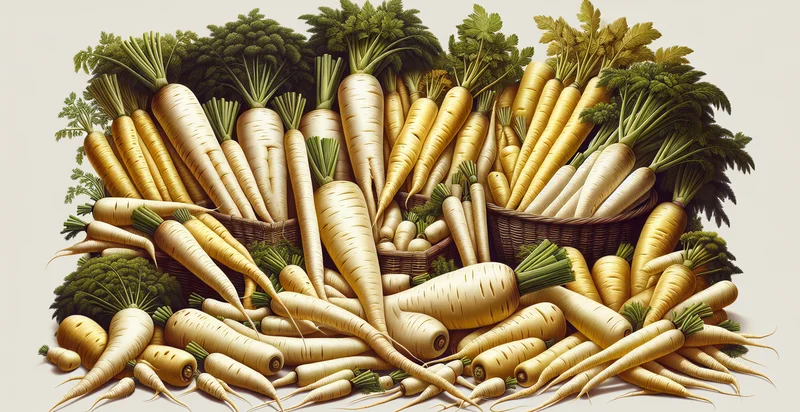Identify dandelion species
using AI
Below is a free classifier to identify dandelion species. Just upload your image, and our AI will predict what species of dandelion it is - in just seconds.

Contact us for API access
Or, use Nyckel to build highly-accurate custom classifiers in just minutes. No PhD required.
Get started
import nyckel
credentials = nyckel.Credentials("YOUR_CLIENT_ID", "YOUR_CLIENT_SECRET")
nyckel.invoke("dandelion-species", "your_image_url", credentials)
fetch('https://www.nyckel.com/v1/functions/dandelion-species/invoke', {
method: 'POST',
headers: {
'Authorization': 'Bearer ' + 'YOUR_BEARER_TOKEN',
'Content-Type': 'application/json',
},
body: JSON.stringify(
{"data": "your_image_url"}
)
})
.then(response => response.json())
.then(data => console.log(data));
curl -X POST \
-H "Content-Type: application/json" \
-H "Authorization: Bearer YOUR_BEARER_TOKEN" \
-d '{"data": "your_image_url"}' \
https://www.nyckel.com/v1/functions/dandelion-species/invoke
How this classifier works
To start, upload your image. Our AI tool will then predict what species of dandelion it is.
This pretrained image model uses a Nyckel-created dataset and has 13 labels, including Taraxacum Albidum, Taraxacum Campylodes, Taraxacum Ceratophorum, Taraxacum Erythrospermum, Taraxacum Japonicum, Taraxacum Kotschyi, Taraxacum Laevigatum, Taraxacum Officinale, Taraxacum Platycarpum and Taraxacum Pseudoroseum.
We'll also show a confidence score (the higher the number, the more confident the AI model is around what species of dandelion it is).
Whether you're just curious or building dandelion species detection into your application, we hope our classifier proves helpful.
Related Classifiers
Need to identify dandelion species at scale?
Get API or Zapier access to this classifier for free. It's perfect for:
- Agricultural Monitoring: Farmers can utilize the dandelion species identifier to monitor the presence and spread of specific dandelion species on their properties. By identifying invasive or unwanted species, farmers can take preventive actions to manage their crops more efficiently.
- Biodiversity Research: Researchers can leverage the dandelion species identifier to conduct studies on plant biodiversity in various ecosystems. By accurately identifying dandelion species, they can analyze the impact of these plants on native flora and overall ecosystem health.
- Landscaping and Gardening Services: Landscaping companies can use the identifier to recommend the appropriate dandelion species for specific gardening needs. This helps in selecting the right species for aesthetic and ecological benefits in landscaping projects.
- Herbal Medicine Development: Companies involved in herbal medicine can employ the dandelion species identifier to source and verify the correct dandelion species for medicinal purposes. Accurate identification is crucial for ensuring the efficacy and safety of herbal products.
- Environmental Conservation: Conservation organizations can adopt the dandelion species identifier to track and manage dandelion populations in protected areas. Understanding species distribution can aid in devising strategies for conservation and restoration of native plant habitats.
- Educational Tools: Educational institutions can implement the dandelion species identifier as a learning tool for botany and ecology students. By using this technology, students can engage in interactive activities that enhance their understanding of plant taxonomy and identification.
- Pest Control Services: Pest control companies can utilize the identifier to accurately determine the species of dandelions present in an area, enabling them to develop targeted weed management solutions. This promotes environmentally friendly practices by allowing for precise interventions rather than blanket chemical applications.


